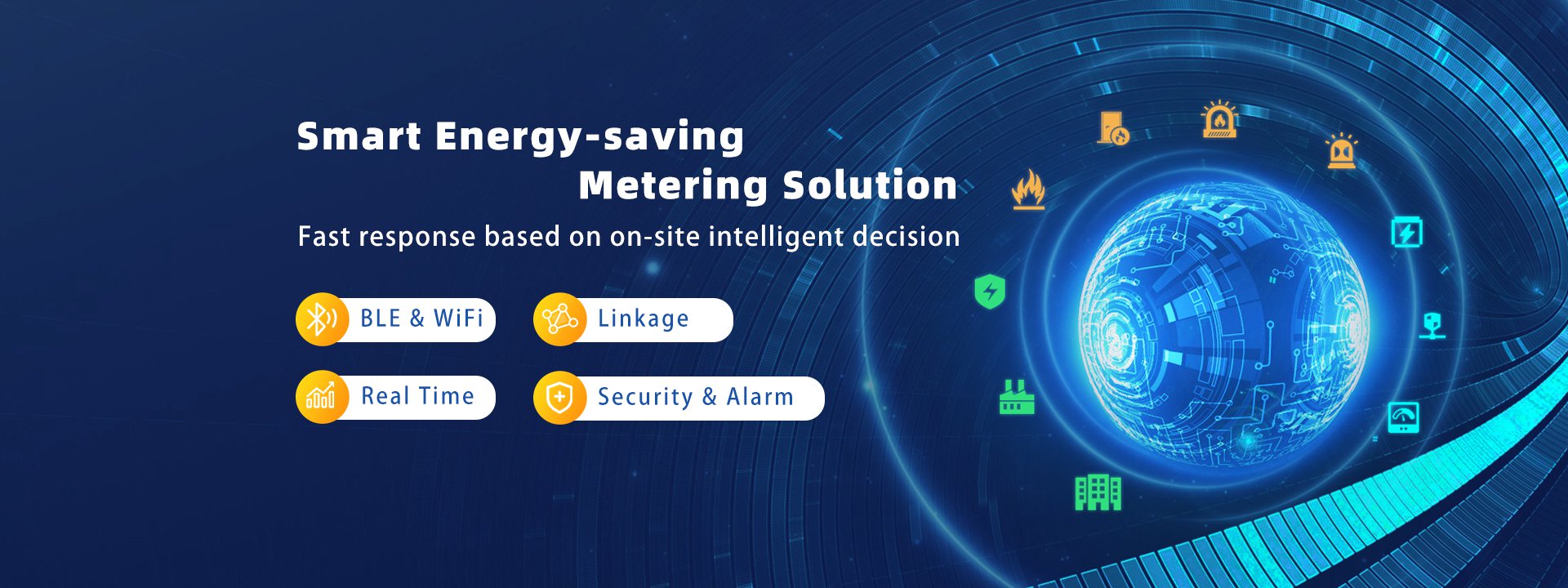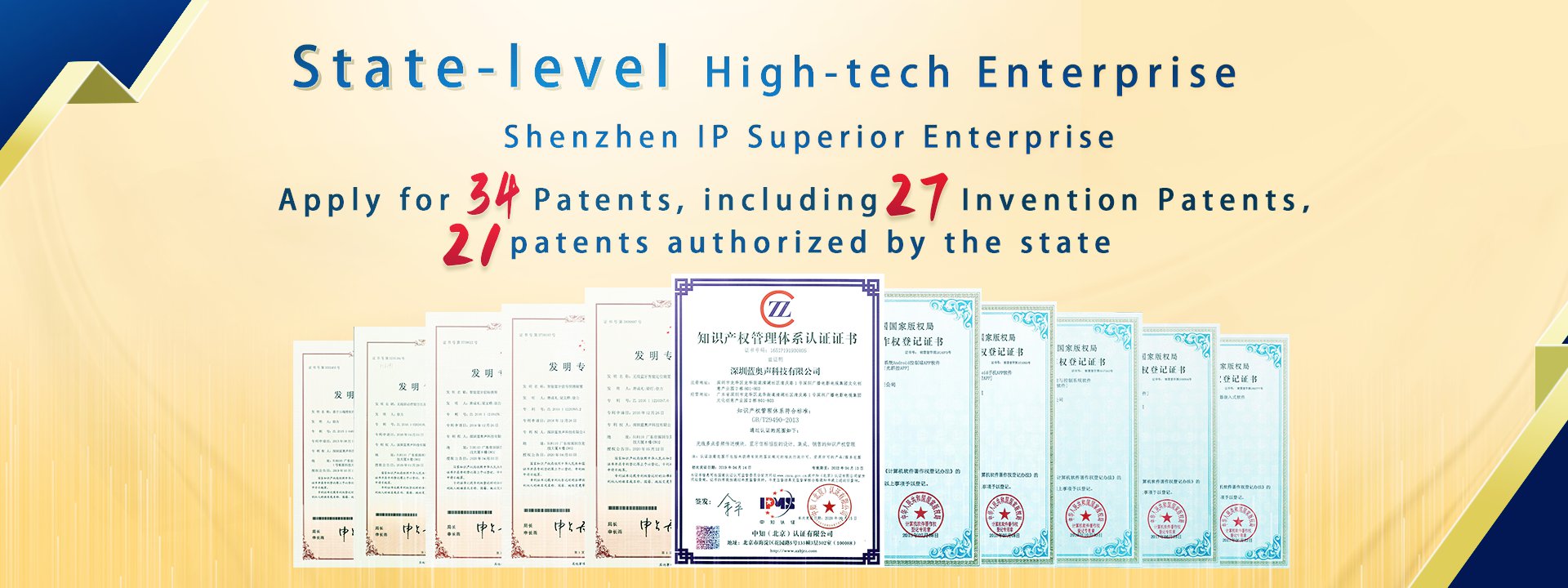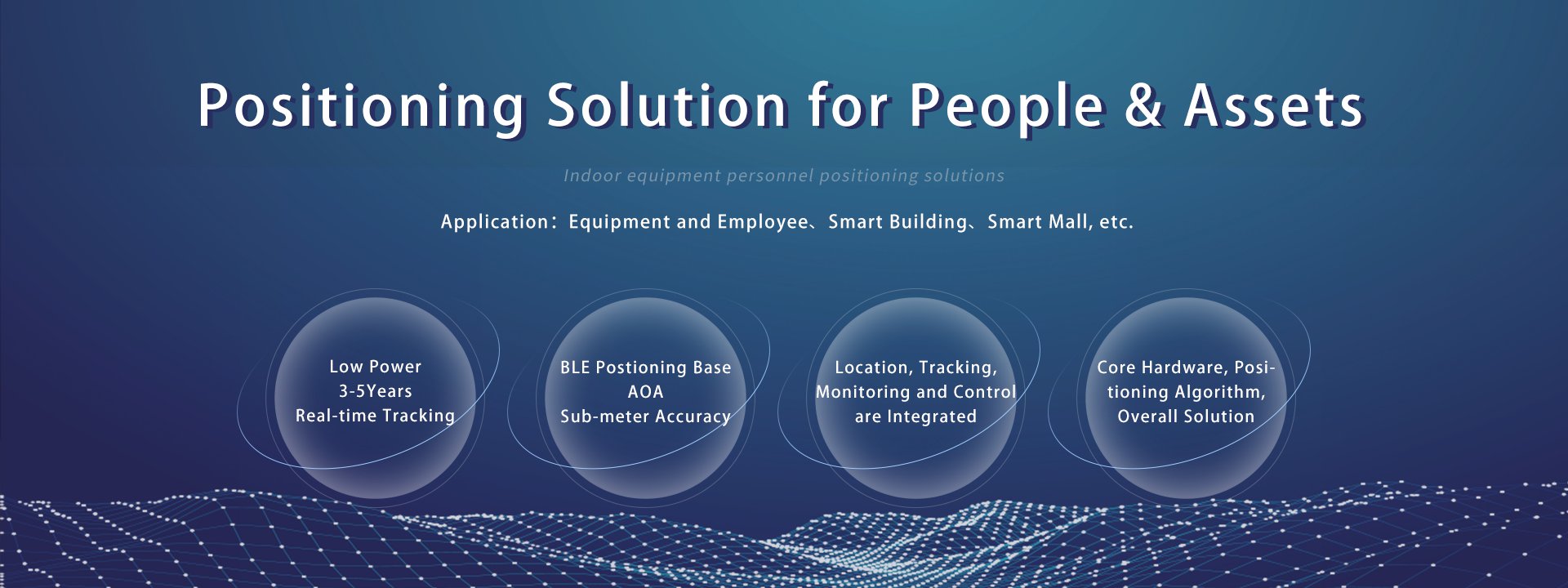Low-power IoT LPIOT technology based on edge wireless collaborative sensing
Back to around 2000, the underlying technical support of the Internet of Things was still "ZigBee", although the terminal power consumption index of ZigBee at that time was not huge, but "the complexity of the topology led to the difficulty of engineering implementation", "the overall efficiency caused by the small scale of the network" have become the main factors limiting its development.
LPWAN, a new generation of Internet of Things underlying communication technology, the emergence of LPWAN technology solves the above problems, so as to officially appear in the public eye as a new generation of Internet of Things underlying communication technology. However, the key to determining whether a technology can be applied on a large scale is mainly the input-output ratio of the technology, which has an order of magnitude advantage over its predecessor.
In both respects, LPWAN has obvious advantages. For example, in terms of low power consumption, LPWAN has reached the landmark milestone of "being able to work for several years under battery power supply while being able to connect wirelessly"; secondly, in terms of network scale, LPWAN pursues a ratio of 1,000 times or even 10,000 times, with a coverage radius of 2~10 kilometers. This means that a large number of end devices can be supported with fewer base stations.
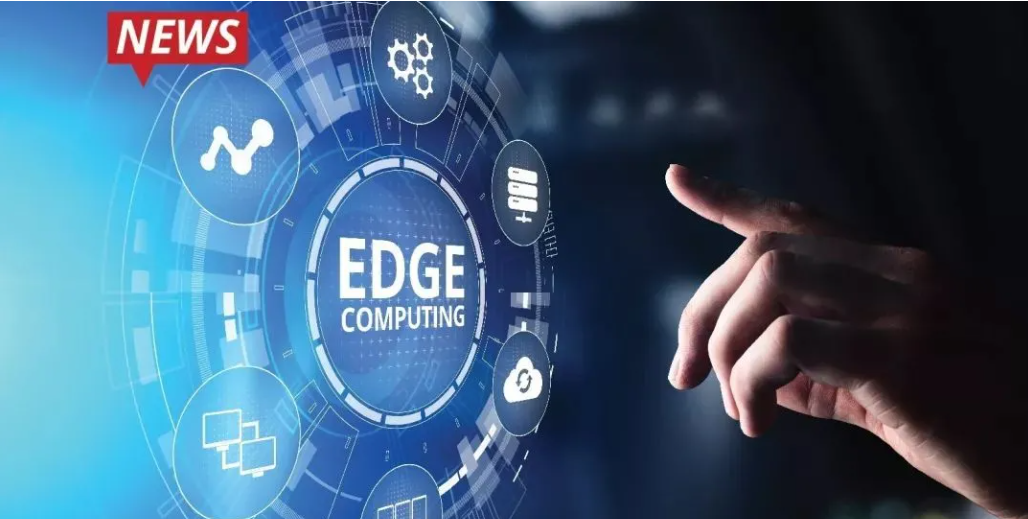
w-Power Internet of Things (LPIOT) Based on Edge Wireless Collaborative Sensing
Back in 2023, Lanaosheng Technology will focus on the low-power Internet of Things (LPIOT) based on edge wireless collaborative perception to obtain trigger response and intelligent decision-making based on the collaborative perception of target scene state changes, which is one of the key supporting technologies of Lanaosheng's core technology - Edge Collaborative Sensing (EICS) technology. This technology involves the field of wireless communication technology in the edge domain of the Internet of Things, and mainly involves the wireless communication mode, service mechanism and process between the network service node and the low-power target device (and its group).
For different intelligent application scenarios, the IoT edge domain with dynamic information interaction characteristics composed of IoT edge service nodes and several target devices (i.e., network client devices) around them is mainly oriented to solve the service mechanism and process problems of wireless network communication and information interaction in the target object domain and perception control domain.
The target devices for the IoT edge domain network and its service nodes include not only strong intelligent terminal devices that support standard wireless network access, have strong resource capabilities, and can install various application software like computers and smartphones, but also include mobile or distributed target devices (such as wearable devices, distributed sensors, peripheral actuators, etc.) with lower cost, ultra-low power consumption, and relatively weak resource capabilities.
When a network service node needs to provide concurrent services to the target device as a client on a "one-to-many" or "many-to-many" basis, in addition to the interoperability of the dynamic access network, it is also necessary to pursue a balance between hardware resources, power consumption and transient response efficiency, that is, one or more service node devices can provide synchronous transient triggering and concurrent data transmission services for several target devices or device groups in a low-power standby state at the same time.
LPIOT technology for low-power group control and monitoring data collection
Bluetooth Low Energy minimizes interference from other radio technologies, so its transmission is very stable and reliable, maintaining stable transmission in "noisy" RF environments. Bluetooth Low Energy usage scenarios include applications such as anti-lost devices and electronic tags that have strict power consumption control. For users who have requirements for data transmission, users who expect Bluetooth transmission to be more reliable can choose to transmit more secure and reliable Bluetooth Low Energy. Bluetooth Low Energy can also facilitate the application of flexible electronic tags, such as tags applied to goods, asset theft prevention, and biometric tracking.
Wireless low-power configuration technology refers to the collaborative perception of the state change of the target scene to obtain trigger response and intelligent decision-making, which is one of the key supporting technologies of the core technology of Lanaosheng - Edge Collaborative Perception (EICS) technology. This technology involves the field of wireless communication technology in the edge domain of the Internet of Things, and mainly involves the wireless communication mode, service mechanism and process between the network service node and the low-power target device (and its group). For different intelligent application scenarios, the IoT edge domain with dynamic information interaction characteristics composed of IoT edge service nodes and several target devices (i.e., network client devices) around them is mainly oriented to solve the service mechanism and process problems of wireless network communication and information interaction in the target object domain and perception control domain.
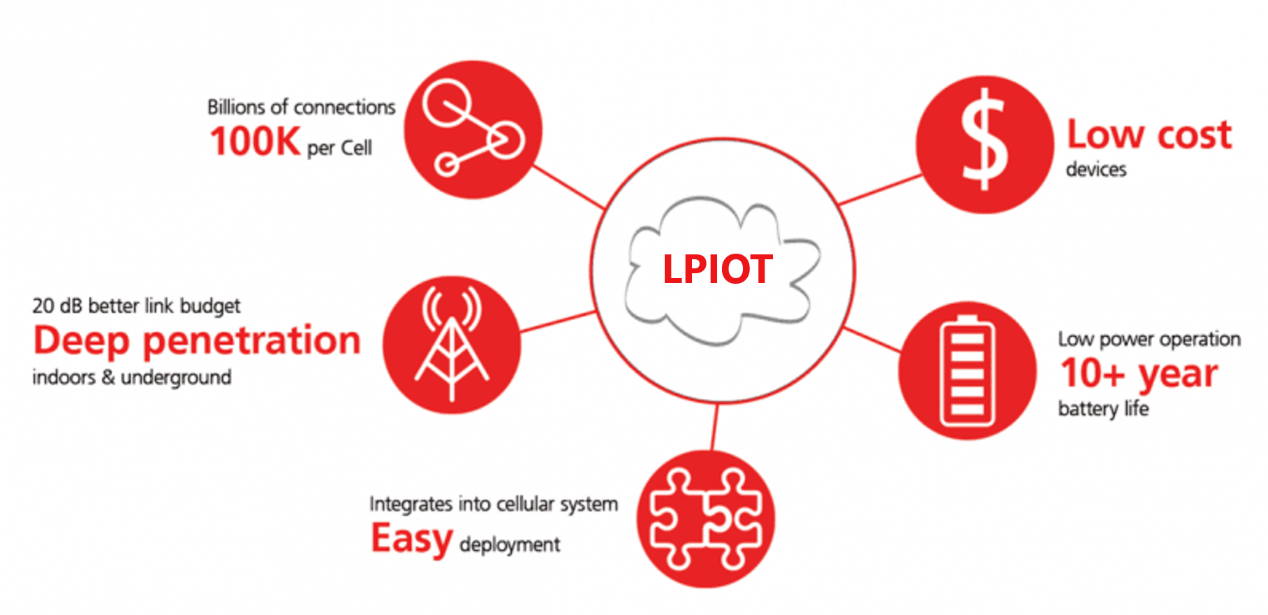
1) the specific wireless mode is a low-power Bluetooth mode, wherein the wireless mode parameters comprise the associated parameters of the wireless Bluetooth device in the low-power standby state and the wireless transmission state, and the wireless master device carries out wireless mode management including planning, pre-booking and switching to the wireless slave device through the adjustment of the wireless mode parameters.
2) the wireless master adjusts the beacon broadcasting parameters of described wireless slave device in state beacon mode by establishing synchronous matching or wireless connection, comprises beacon broadcasting time interval, beacon broadcasting duration and beacon broadcasting modulation parameters; or the matching code adjusts its beacon broadcasting phase time so that a plurality of wireless slave devices in the same synchronous matching state maintain a certain beacon broadcasting phase time difference.One of the key functions of low-power energy consumption online monitoring system is the role of data collection, there are many people who want to know how the data is processed after the data collection of the system?
The low-power energy consumption online monitoring system can complete the unified control of the power supply, power supply system, gas circuit, central air conditioning and other energy consumption data in the monitored category, and can centralize the management method of more decentralized data, and give reasonable data for energy consumption supervision and analysis according to the construction of the system analysis platform, so as to achieve energy conservation and efficiency improvement, cost control, personnel cost saving, energy use rate and company benefits for all energy-using enterprises. Continuously improve the steps of machinery and equipment, and find the point of energy consumption for the company to carry out management methods.
This article introduces in detail the technical exploration and practice of LPWAN in low-power wide-area Internet of Things (IoT), which has been successfully applied in the fields of smart fire services, smart campus solutions and digital factories. Subsequently, Lanaosheng will continue to increase R&D and investment in the field of the Internet of Things, and accelerate the implementation of the Internet of Things in more scenarios.
 Q8.What’s the service for OEM&
Q8.What’s the service for OEM&
 Q5.Do we need to place a samp
Q5.Do we need to place a samp
 Q1.Do you provide the technica
Q1.Do you provide the technica
 Q6. Do we have to pay for mol
Q6. Do we have to pay for mol

